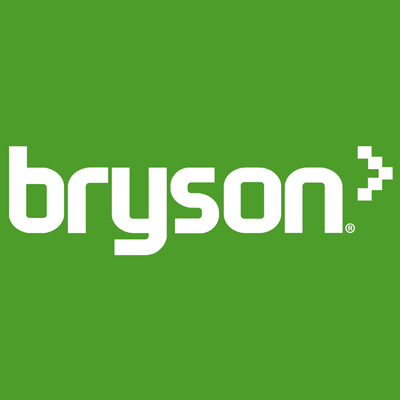Working at Height: A Closer Look
Although relatively dangerous, heights are among the most common places at which people in different industries conduct their work. Whether these workers are on rooftops, scaling buildings, or atop utility poles, they are subject to similar hazards. Minimising these risks involves careful understanding of the safety requirements and best practices in different industries.
Here at Bryson Products, we are committed to keeping your workers safe with industry-grade safety equipment, delivered to you the next day. For a deeper appreciation of working at height safety, let's take a closer look.
Working at Height
According to a guide created by the Health and Safety Executive, working at height is defined by any work conducted in any place where a fall could cause personal injury. In 2018, 40 or 27 per cent of the 147 workers who died on the job in the UK, fell from heights.
Several measures are taken to minimise risks when working at height. These measures are usually classified as either collective or personal protection. Collective protection are measures that do not require the person who is working at height to act to be effective, like guardrails and scissor lifts. Personal protection, on the other hand, requires the person working at height to act, like using a personal harness.
Tool Tethering
Fall protection is important, but tool tethering is one of the easier measures to mitigate risks and should also be given attention. Dropped objects continue to pose threats in work sites. A simple way of preventing many of these threats that involve tools is tethering them.
These systems don't need to be complicated, as long as the materials used are specially designed for the task. A typical system has a tether point (where tools are attached), a tool lanyard, and an anchor point. Anchor points can be the workers using the tool themselves or, with heavier tools, a fixed anchor point elsewhere.
Even with netting and hard hats already in use, tool tethering is necessary because it is a preventative measure, while the others merely reduce the damage after objects drop.
Bryson offers several tool tethering products from top manufacturers like JSP and NLG, offering tethering products from tether points and anchors, to lanyards and tethered storage for mobile phones and tablets.
Railing
In the UK, the HSE issued several guidelines regarding the use of guardrails when working at height. These guidelines usually specify minimum height requirements for different industries. They also provide measurements for the toe boards and their proper placement. The idea is to prevent people from falling through or over these safety measures.
Using Ladders
As stated by the law, ladders should only be used after risk assessment has shown that using equipment with higher fall protection is not justified due to low risk, and to some degree, short duration of use. A high-risk task will require more appropriate equipment regardless whether the duration of use is short or not.
If ladders should be used, they have to be level and stable.
Our different ladders adhere to industry standards and have additional safety and other useful features for a range of applications. Browse our range of ladders and access equipment here.
Training
Safety tools and equipment can only do so much to keep work sites safe. Workers need to be properly trained and certified for their roles. It is important to develop a culture of safety while equipping and empowering workers to best conduct their work.
Bryson can work with you to provide Toolbox Talks to workers on site on any project or construction project. Call us and speak to our local Area Sales Managers for advice.
Visit our website to equip your workers with the industry's safest tools and equipment now.



